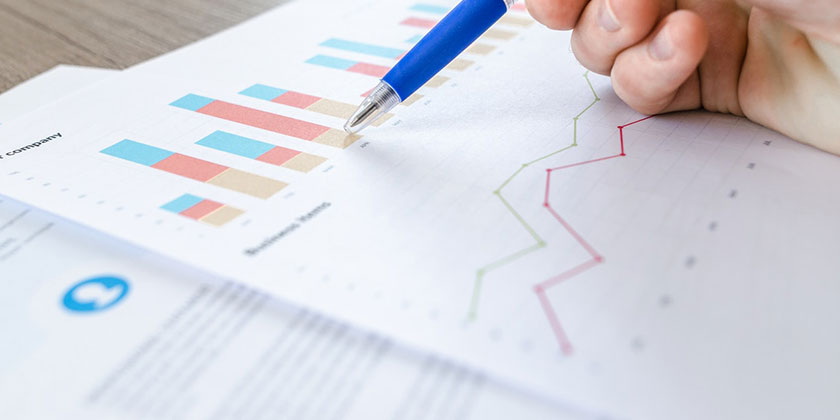Broad-based definitions of depreciation include, “a decrease or loss in value” or “a decline over time in the value of an asset”. Various specific fields (taxation, accounting, appraising) of study elaborate on the above to better suite their specific needs.
Relative to the real property appraisal field, the Canadian Uniform Standards of Professional Practise defines it simply as “a loss in property value from any cause”. More specifically, the appraisal text, The Appraisal of Real Estate, clarifies the above by adding “is the difference between the contributory value of an improvement and its cost at the time of appraisal”. Of particular note is that this clarification implies two points that are integral parts of the appraisal process: 1) the process relates to a point-in-time as reflected in stating “at the time of appraisal”, and 2) that depreciation does not apply to land – this should not be construed to believe that land can not go down in value as it clearly can, but simply that under the concept of depreciation in the appraisal process it does not relate to land.
Depreciation (to improvements) results from 3 major causes. While each of these classes of depreciation has various sub-classes, the limited scope of this article doesn’t permit an in-depth description of all aspects of these sub-classes. The 3 main classes are:
1) Physical depreciation – wear and tear from regular use and the impact of the elements. A good example of this form of depreciation would be asphalt shingles that have a life expectancy of 25 years. In this simple example, the level of depreciation is an age/life ratio relative to the cost to replace the shingles at the time of the valuation.
2) Functional obsolescence – a flaw in the structure, materials, or design that diminishes the function, utility, and value of the improvement. An example of this form of depreciation could include an outdated air conditioning system – while still working as it was originally intended it no longer complies with market standards and needs to be retrofitted. In this example, the functional loss would equal the cost of the original air conditioner less its physical depreciation amount, plus the cost to cure (remove old unit and install new one less salvage value), less the cost to install the new unit as if installed originally.
3) External obsolescence – loss in value due to influences outside the property. This form of depreciation may be caused by economic or locational factors and may be temporary or permanent – and is not usually curable on the part of the property owner. An example of this form or depreciation could be the overbuilding of any one class of property – to a point of reduced demand (and therefore value) of that class of property.
Even without details of the sub-classes of depreciation, the above illustrates that a property’s total depreciation can easily be more than simply an age/life calculation based on physical depreciation only. Understanding this, it is not surprising that depreciation is misunderstood by many, even some appraisers – typically due to their lack of knowledge regarding functional and external depreciation. This lack of understanding typically produces erroneously high values under the application of the Cost Approach.
We encourage feedback from our readers – with comments on this article and/or suggestions for further ones.


Write a Comment